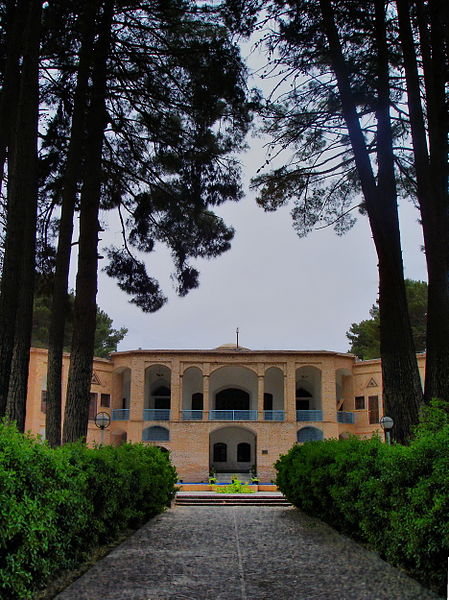Famous Iranian foods that you must try
Fesenjan (Pomegranate Walnut Stew):
This iconic stew, an essential part of every Persian wedding menu, pairs tart pomegranate with chicken or duck. Ground walnuts, pomegranate paste and onions are slowly simmered to make a thick sauce. Sometimes saffron and cinnamon are added, and maybe a pinch of sugar to balance the acid. Fesenjan has a long pedigree. At the ruins of Persepolis, the ancient ritual capital of the Persian Empire, archaeologists found inscribed stone tablets from as far back as 515 B.C., which listed pantry staples of the early Iranians. They included walnuts, poultry and pomegranate preserves, the key ingredients in fesenjan.Gormeh Sabzi (Green Herb Stew)
Made from herbs, kidney beans and lamb, deep green gormeh sabzi satisfies two Persian flavor obsessions: it’s sour and full of herbs. The stew is seasoned with dried limes, limoo omani in Farsi. These limes are extra intense and sour, with a bittersweet taste that gives the stew a unique flavor. The other constant in gormeh sabzi is fenugreek leaves, a taste unfamiliar to most westerners. Other herbs include parsley, coriander and scallions.Kebab (Lamb, Chicken, Lamb Liver, Ground Meat)
Kebabs have more variety than you might think. First, there’s koobideh, ground meat seasoned with minced onion, salt and pepper. It sounds simple, but the taste is sublime. There is kebab-e barg, thinly sliced lamb or beef, flavored with lemon juice and onion and basted with saffron and butter. Chicken kebab, known as joojeh, is traditionally made from a whole chicken, bones and all, for more flavor (although in American restaurants it’s often made from skinless chicken breast), marinated in lemon and onion, and basted with saffron and butter. If you’re lucky, you’ll find jigar, lamb liver kebab, garnished with fresh basil leaves and a wedge of lemon and there’s also shishlique that is a kind of barbecue made from six pieces of meat, made from sheep's lamb, which has a special baking method and a very delicious flavor. Shishlique has been cut into flesh in other cities, but in Mashhad it is torn with a gear and grilled on the charcoal.Zereshk Polo (Barberry Rice)
Iranians love sour flavors. Like cranberries, barberries have a vibrant red color, but they’re even more sour. This classic rice dish is studded with the red berries, which are dried and then rehydrated before cooking. The rice is cooked with plenty of butter, which helps to soften the intensity of the berries. Quince, rhubarb, green plums, sour oranges, lemons, limes, dried limes, sour cherries, tamarind, sumac and pomegranate are all used in Persian cooking to make food more tart.Abgoosht
Is an Iranian stew. It is also called Dizi, which refers to the traditional stone crocks it is served in. Some describe it as a "hearty mutton Persian soup thickened with chickpeas.Abgoosht is usually made with lamb, chickpeas, white beans, onion, potatoes, and tomatoes, turmeric, and dried lime. Other variations exist in the beans used, such as kidney beans and black-eyed peas.[2] The ingredients are combined together and cooked until done, at which point the dish is strained. The solids are then mashed as Gusht Kubideh , literally "mashed meat") and served with the broth, but in a separate dish, along with flatbread. It is a form of Piti, which encompasses many similar dishes in the region.







Comments
Post a Comment